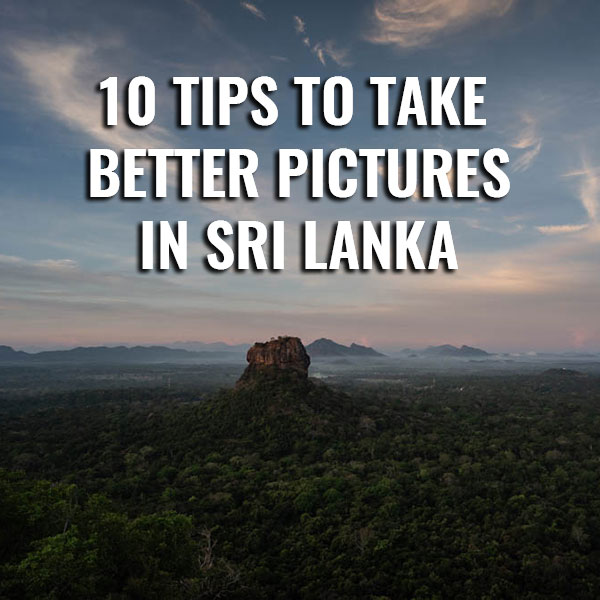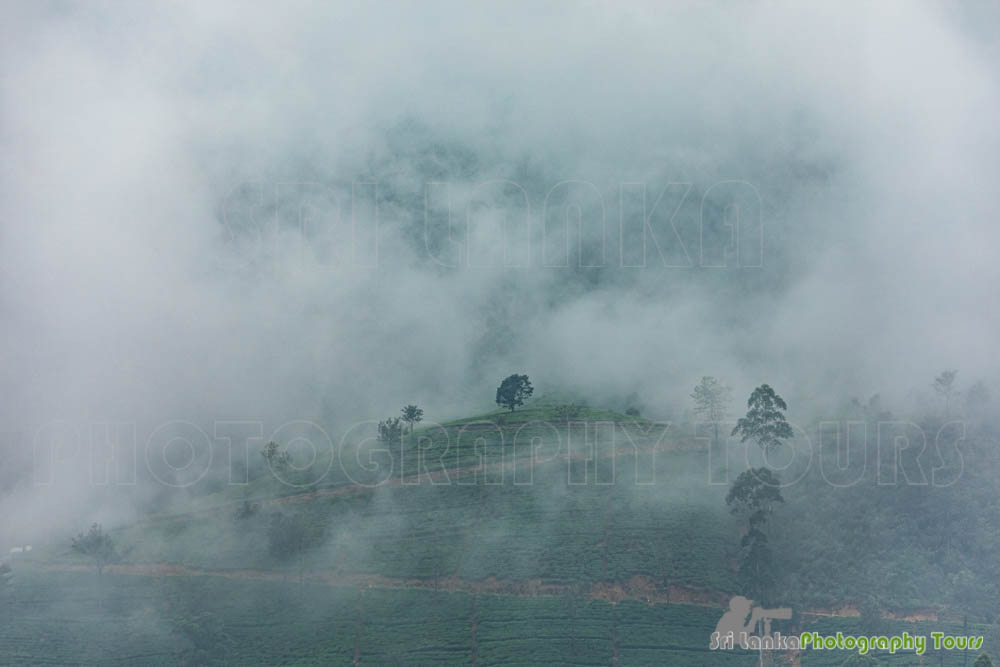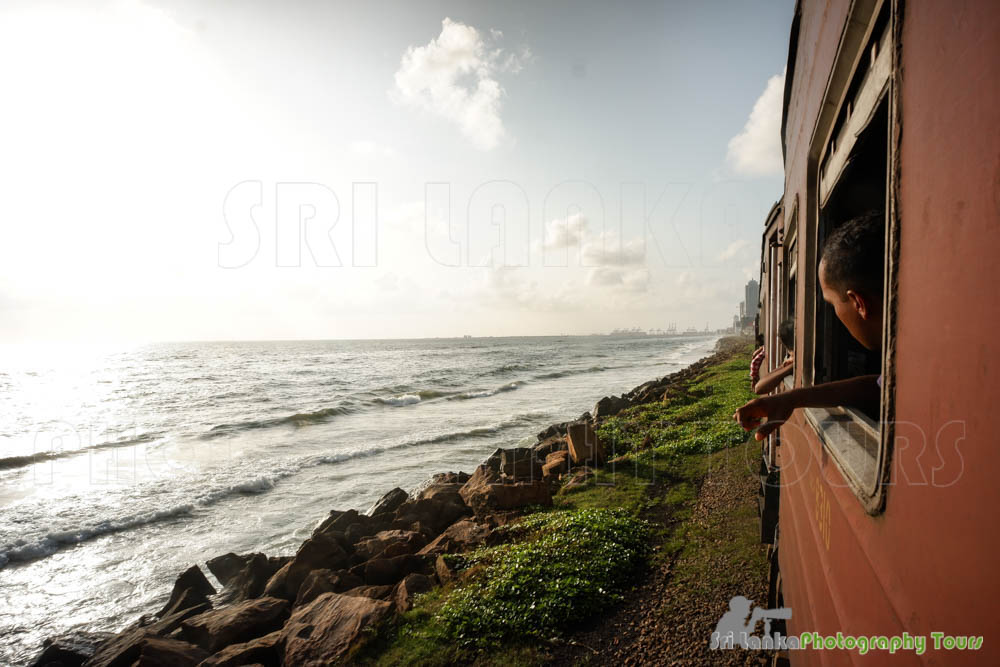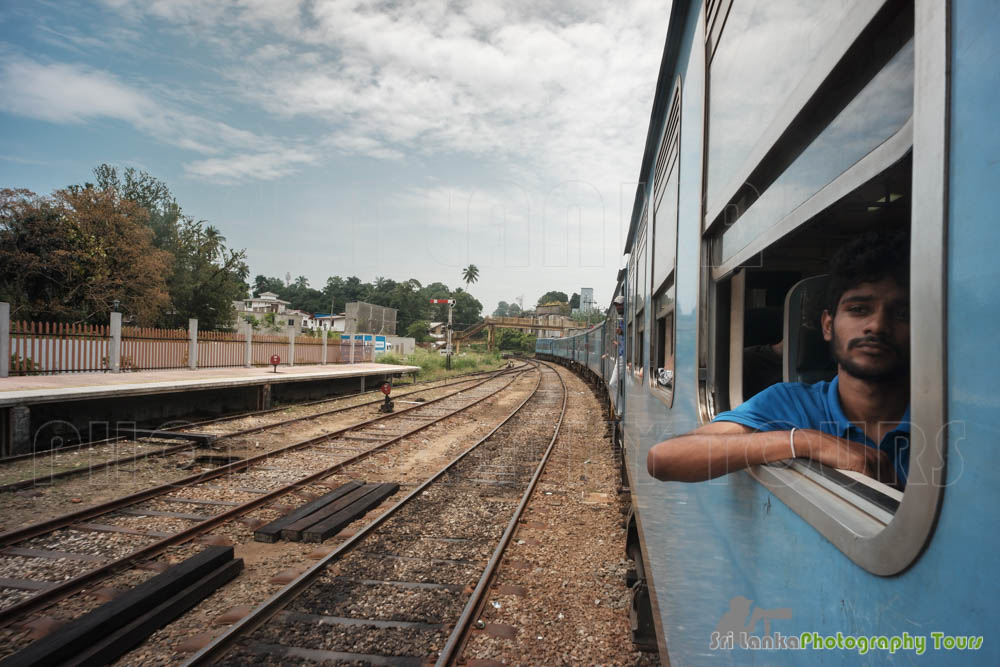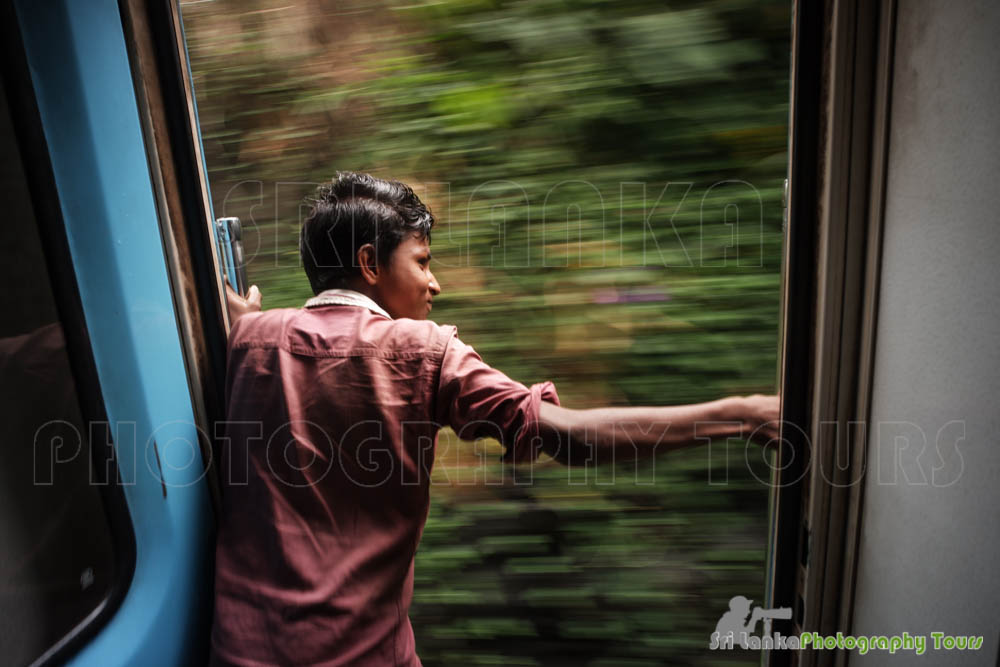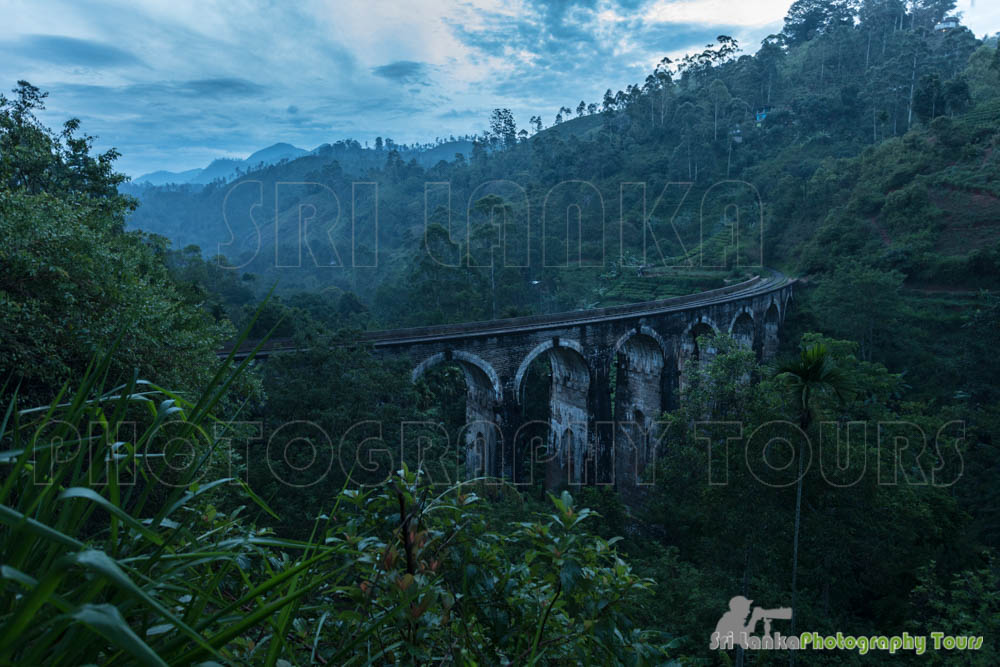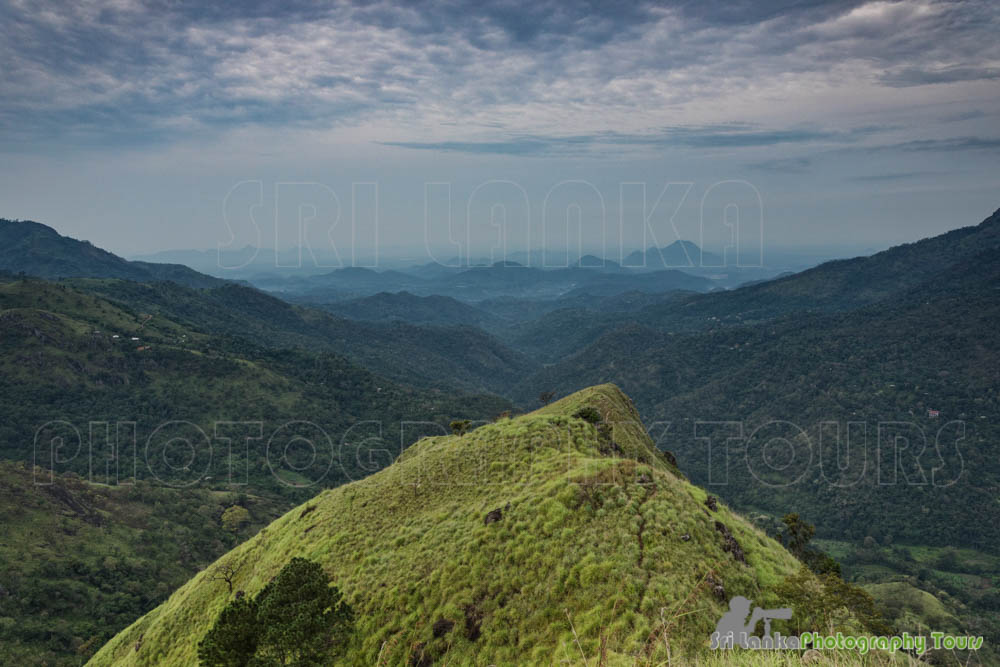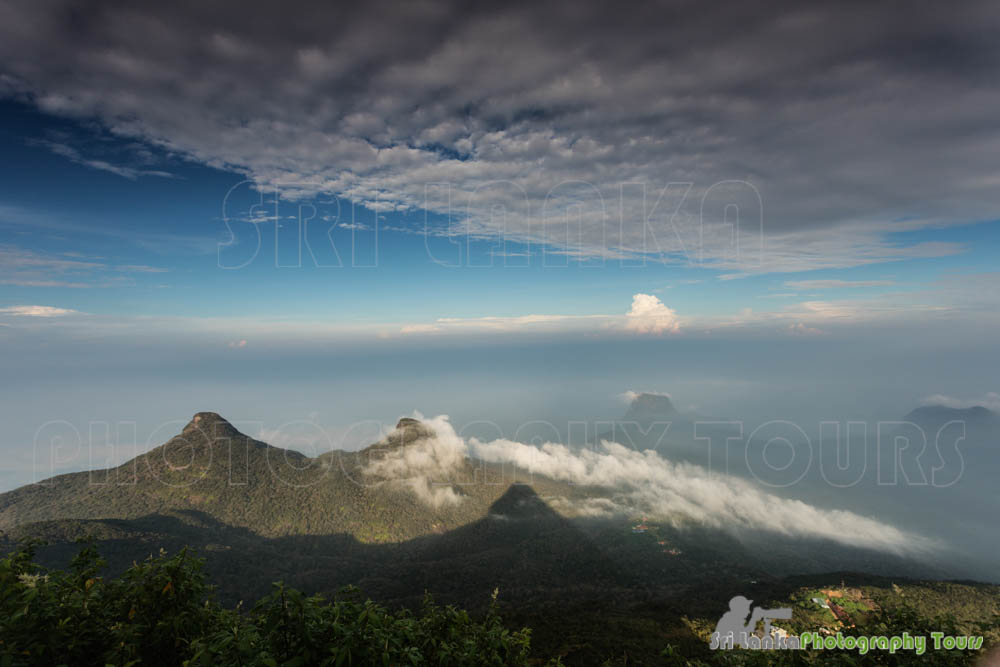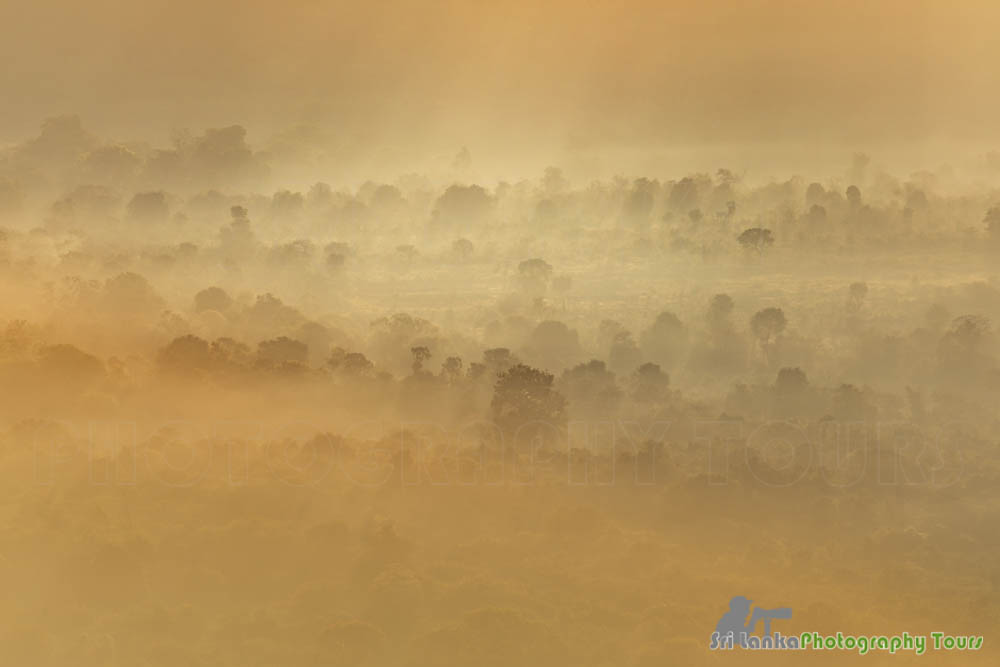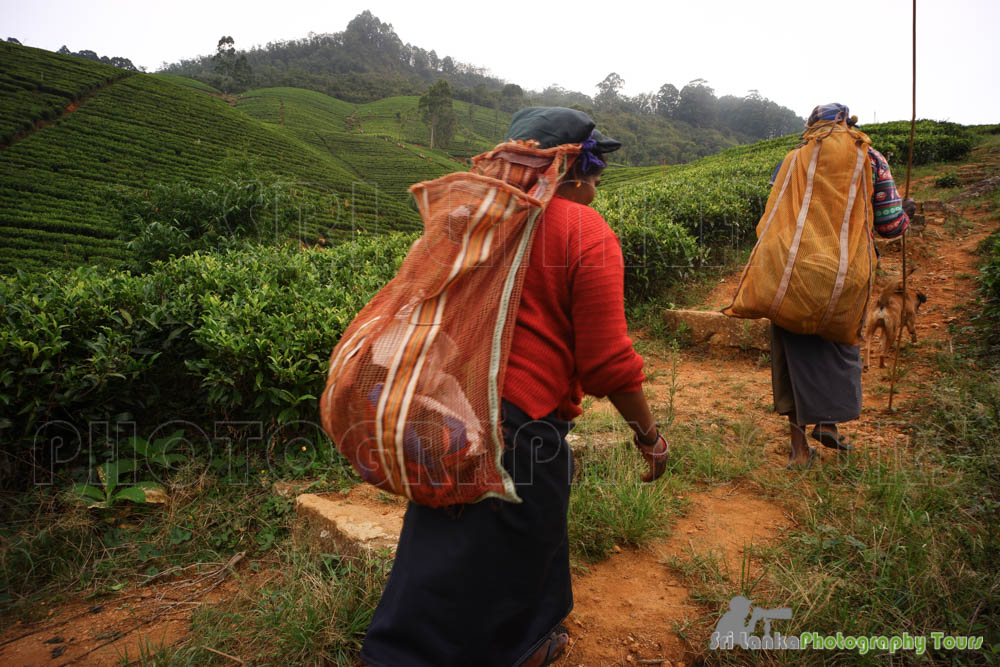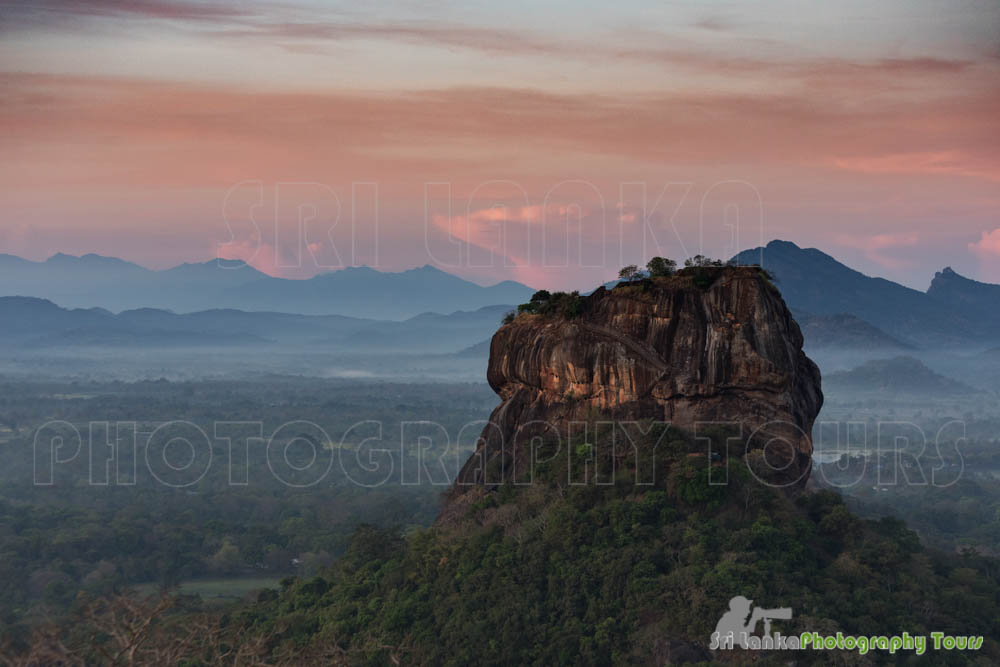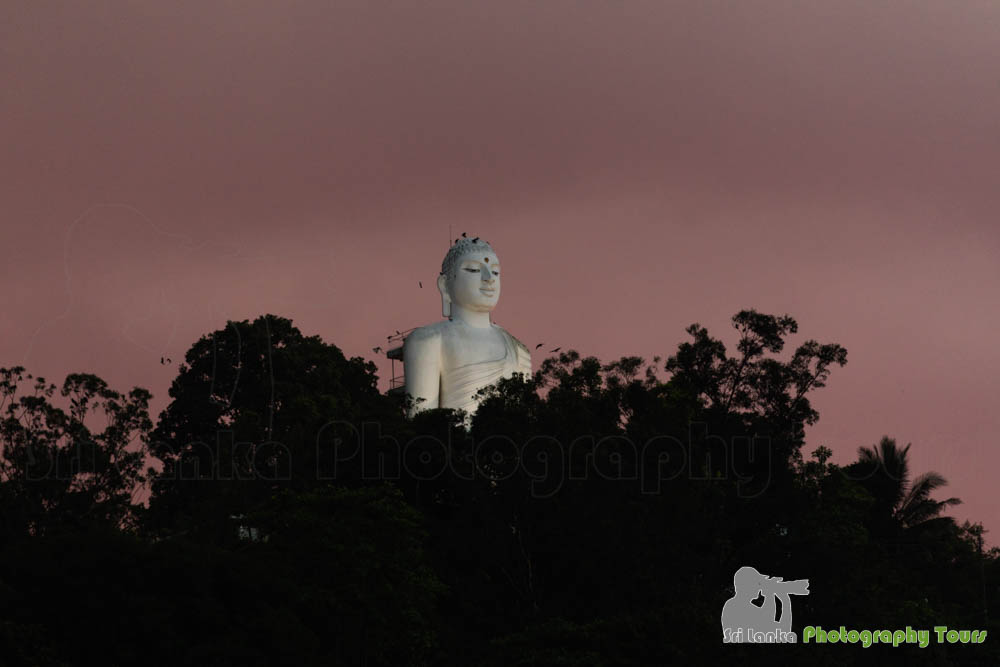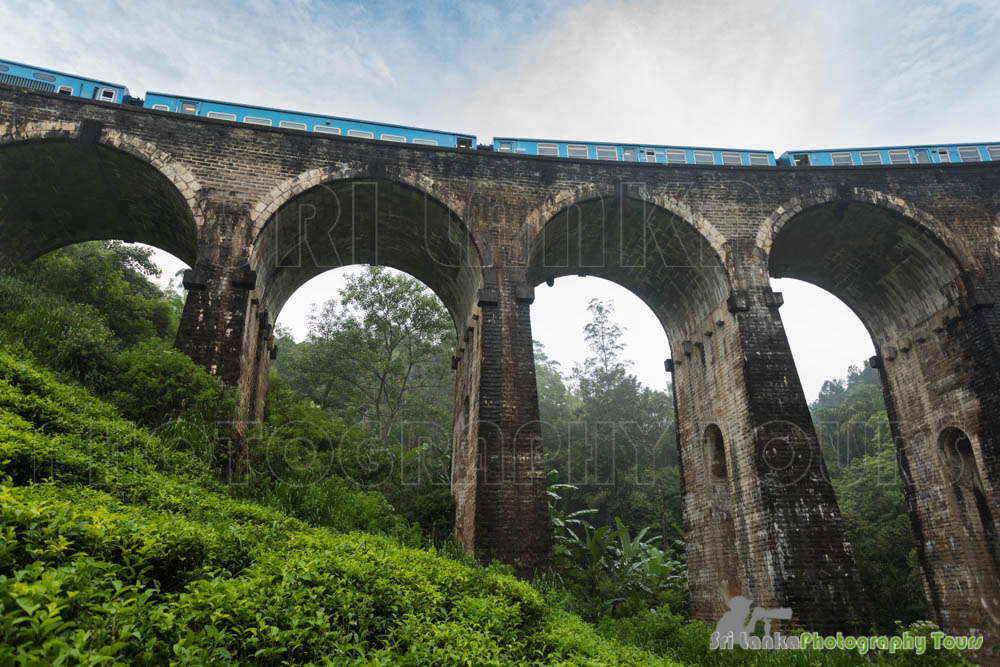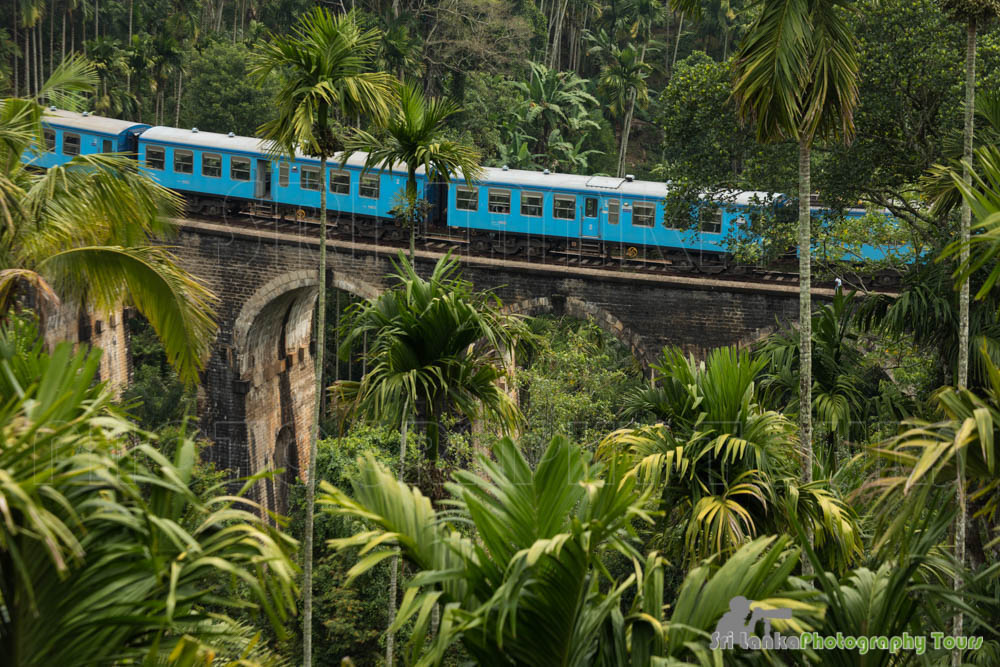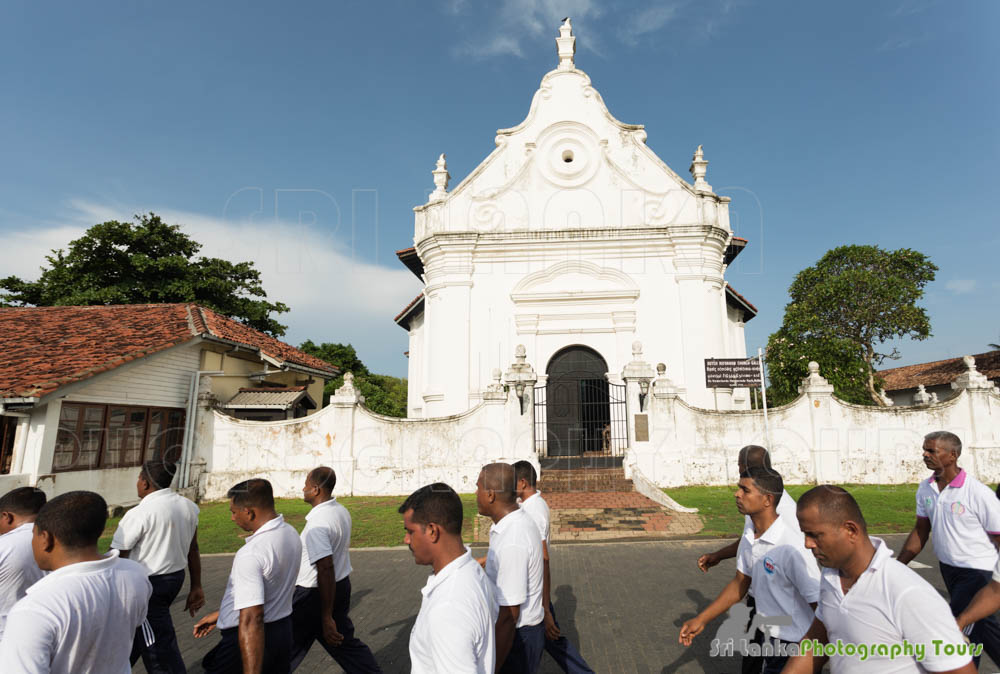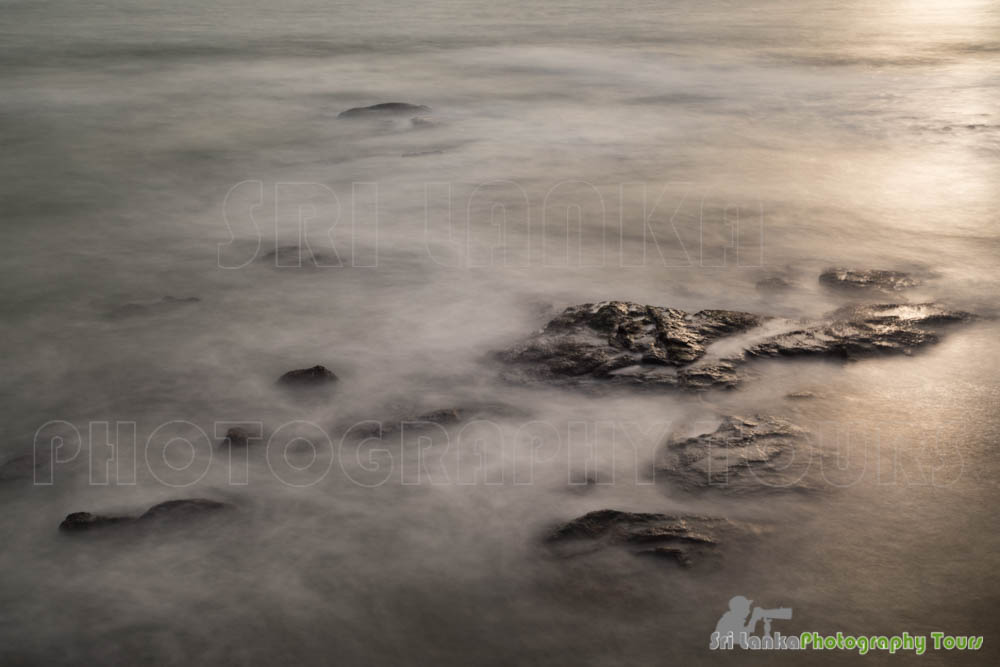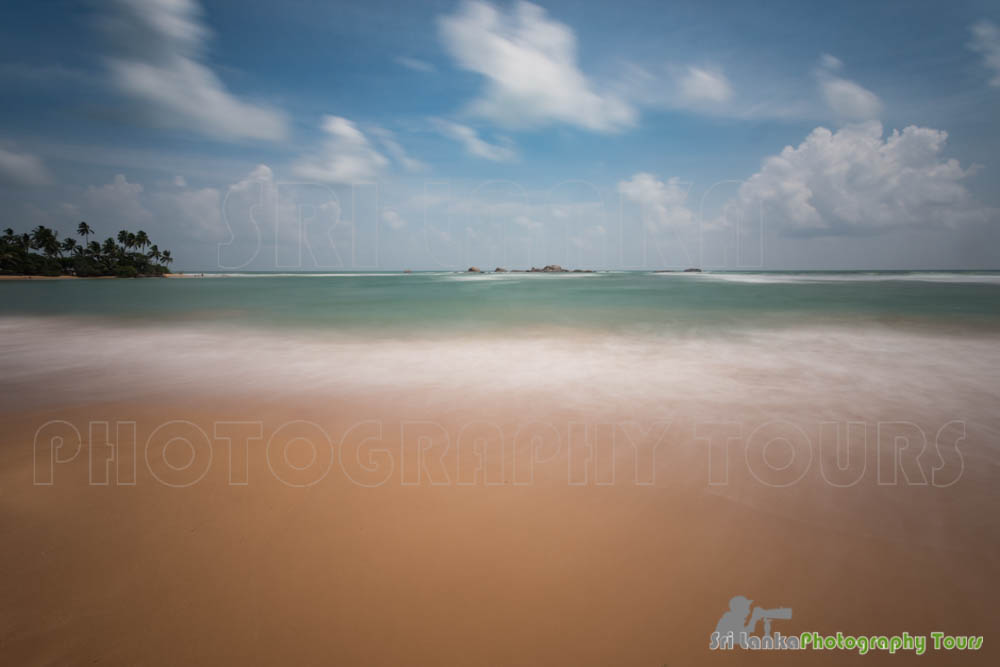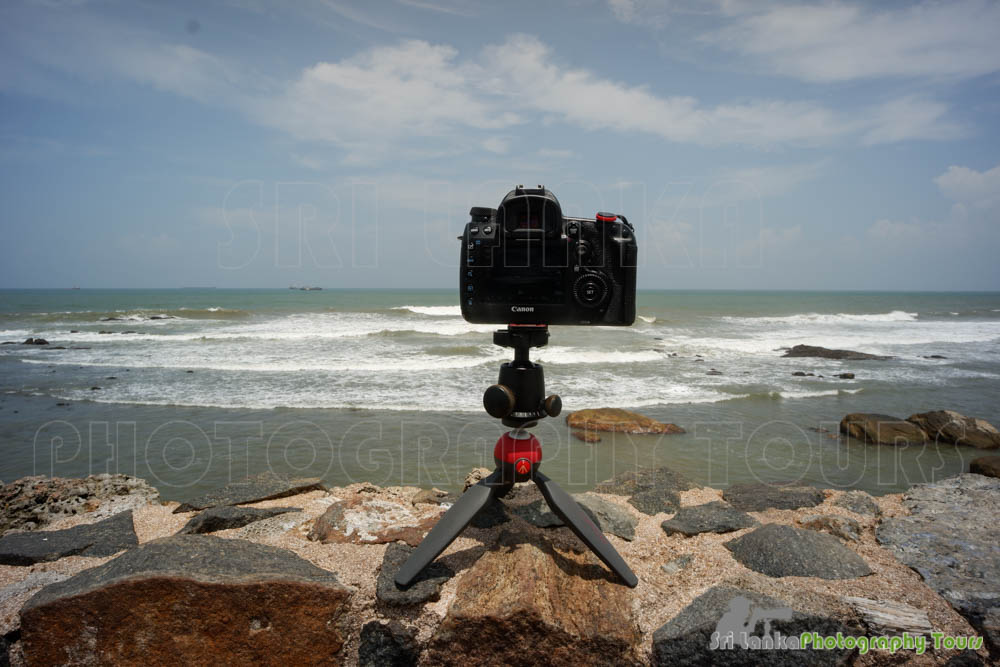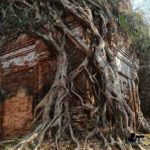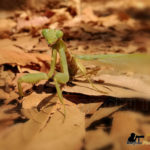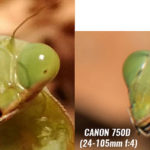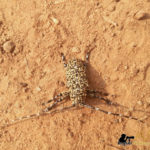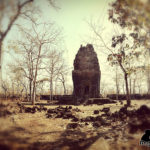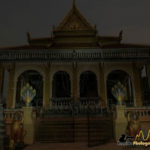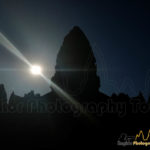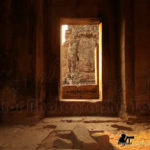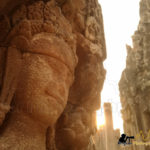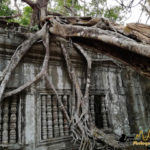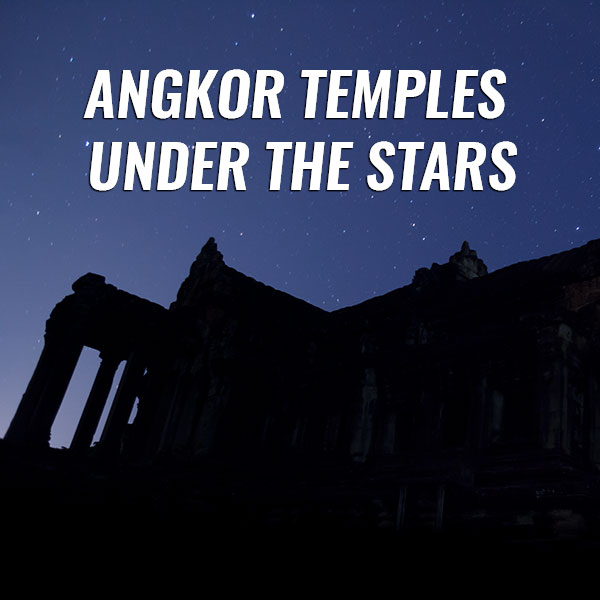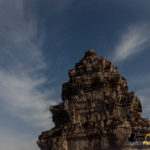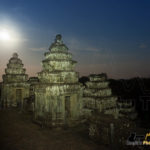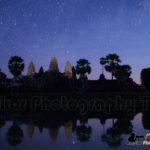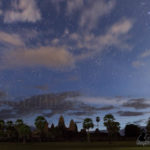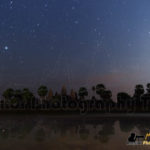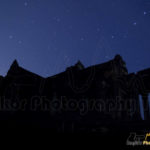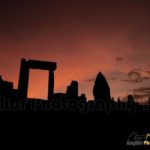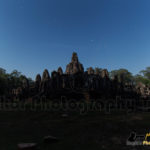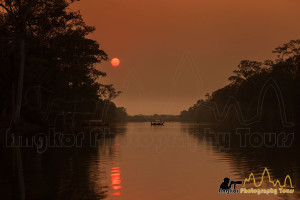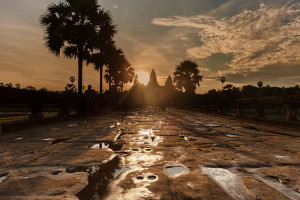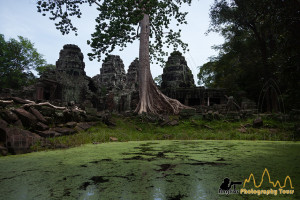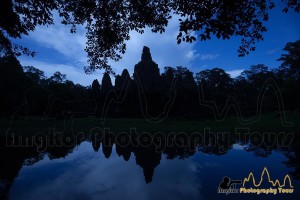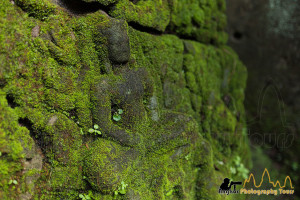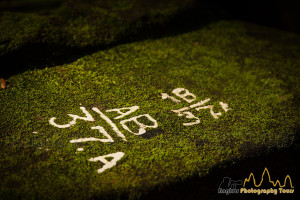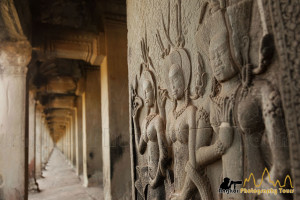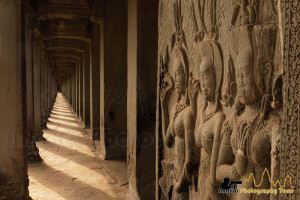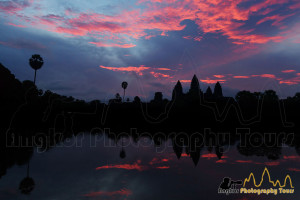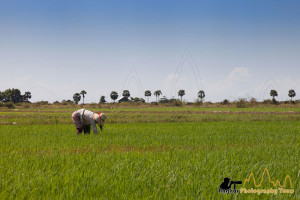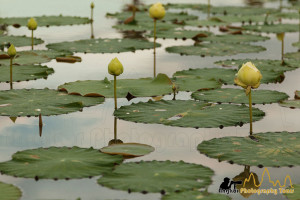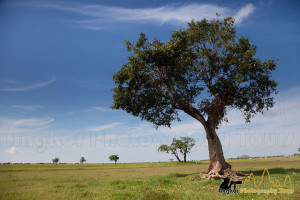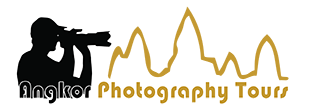1. CHECK THE WEATHER
Sri Lanka’s diverse climate and location make it an ideal destination for photographers all year round. With two monsoons each year – southwestern monsoon from May to September, and northeastern monsoon from October to February – the country’s weather can be unpredictable, particularly in the highlands. For up-to-date weather forecasts, visit the website of the Sri Lanka Department of Meteorology.
2. TAKE THE TRAIN
No trip to Sri Lanka is complete without taking at least one train ride. This adventure is highly recommended as it provides numerous opportunities for photographers. Additionally, it is the most economical mode of transportation for reaching various locations throughout the island. It’s also a favorite among locals, making it an excellent choice for people photography.
The Kandy-Ella train journey, in particular, is incredibly scenic as it passes through mountains and tea plantations. We suggest traveling in second or third class to get access the exit doors and windows. Similarly, the coastal train ride offers breathtaking views, especially a few kilometers south of Colombo, where the train runs just a few feet away from the crashing waves.
So, don’t miss the chance to embark on an unforgettable train journey in Sri Lanka and capture some stunning photographs along the way.
3. BEAT THE CROWD
While Sri Lanka has some locations with relatively less tourists, some popular destinations like Kandy, Ella, and Fort Galle often attract large numbers of visitors. To make the most of your experience in these places, we suggest waking up early to capture stunning photographs of these hotspots before the crowds arrive.
4. HIKE THOSE TRAILS
Sri Lanka offers numerous hiking trails suitable for individuals with varying fitness levels. Some of the most renowned trails include Adam’s Peak, Ella’s Peak, and the Knuckles mountain range. These locations offer breathtaking views of the landscape, particularly during sunrise when the mist is still present, providing a unique opportunity for capturing stunning photographs.
Top of Little Adam’s Peak in Ella
Shadow of Adam’s peak (Sri Pada) at sunrise
Golden light at sunrise with mist in Sigiriya
5. TRAVEL LIGHT
As you will likely be walking and hiking frequently during your stay, we would highly recommend bringing a small bag to carry your photo gear. It doesn’t necessarily need to be a photo backpack, but it should be padded enough to protect your equipment while you’re on the move. Given that some hikes can last several hours, it’s also important to be selective with the gear you bring along.
Tea estate workers in the highlands
6. TAKE A LONG LENS
Because of the many photography opportunities available in Sri Lanka, a wide lens or a standard zoom lens might not enough. A long lens (300 mm or more) is recommended for wildlife photography but also for landscape photography to isolate details.
Sigiriya rock fortress at sunrise
Bahirawakanda Vihara Buddha Statue in Kandy at sunset
7. PREPARE YOUR SHOTS
For landscape photography, we recommend to use TPE (The Photographer’s Ephemeris), available as paid app for Android and IOS and free on a web browser. For train shots, have a look at the timetable as even if the trains do not run fast, you have only few seconds to be on the right spot. Be aware than they can run up to 30 minutes late.
Passenger train on the Demodara nine arch bridge in Ella
Passenger train on the Demodara nine arch bridge in Ella
8. CHECK THE CALENDAR OF FESTIVITIES AND NATIONAL HOLIDAYS
Many people in Sri Lanka are following Buddhism so the Sihanese New Year celebrated during the month of April is a major holiday. This can disrupt your travel plans but also give some unique photo opportunities. For photography there are some festivals like the famous Esala Perahera festival taking place in Kandy during the month of August.
Dutch Reformed Church in Galle Fort
9. GET CREATIVE WITH ND FILTERS
ND (neutral density) filters block a fraction of the light coming into the camera sensor and thus allow you to have longer exposure times during the day. It is particular suitable for waterfalls and seascapes, and Sri Lanka has plenty of those!
Unless you a shooting in low light conditions (sunrise or sunset) where a ND8 filter could be enough (3-stops reduction), be prepare to use a very dark filter during the day. In the pictures below, a 10-stops reduction filter was used (also called ND1000).
10. TAKE A SMALL TRIPOD
If you do not carry a fiber carbon tripod, I recommended to take with you a steady and small tripod for long exposure shots. It is even better if you add a fluid head.
